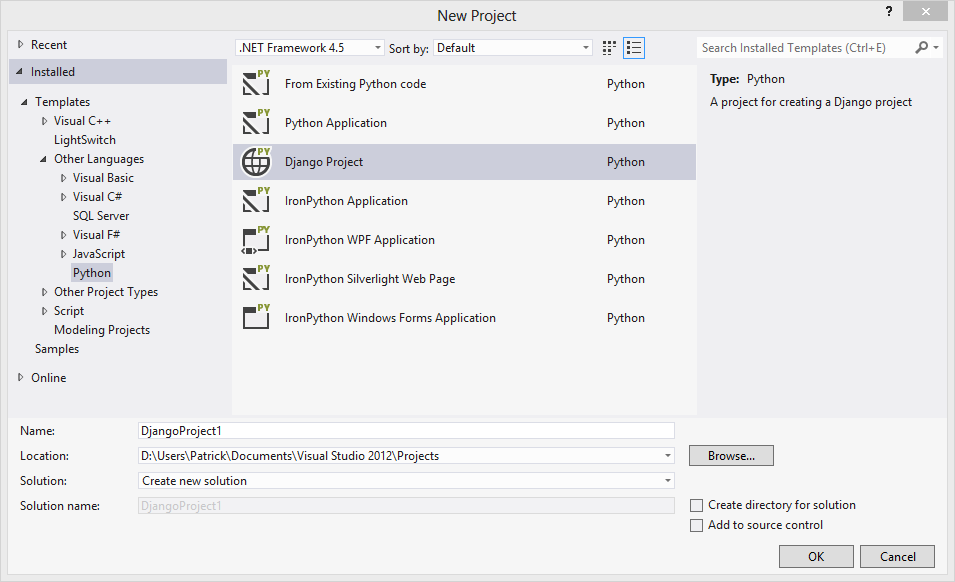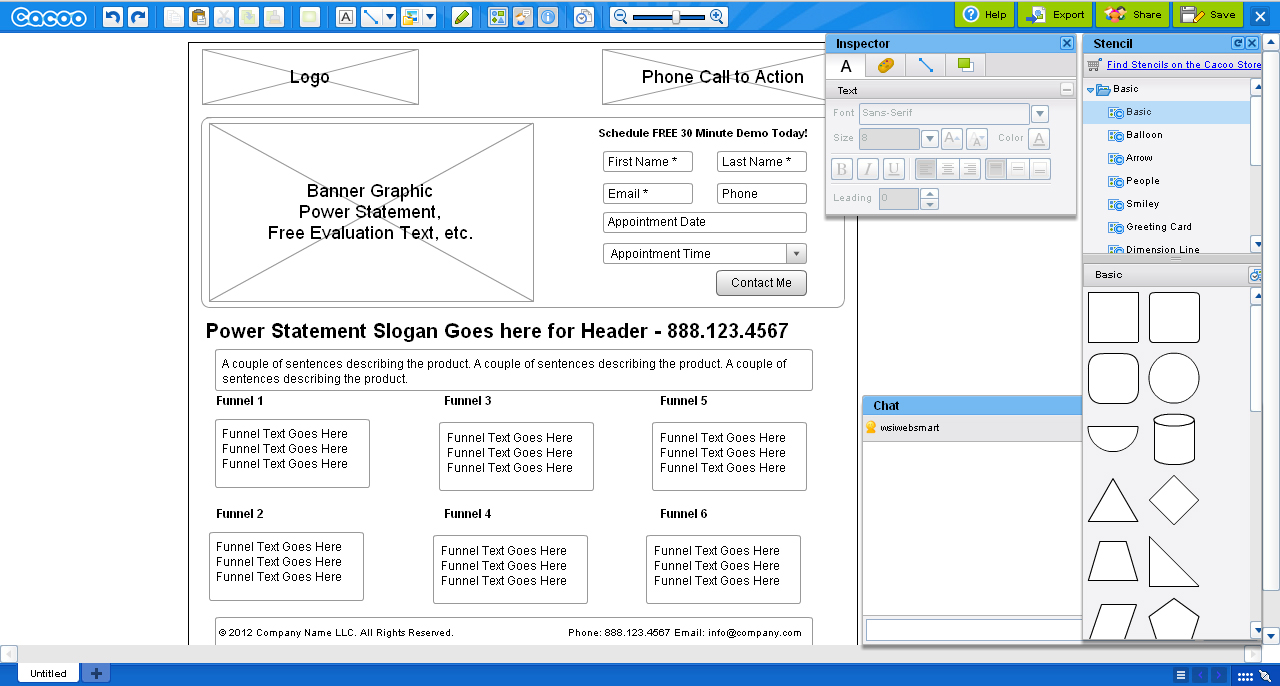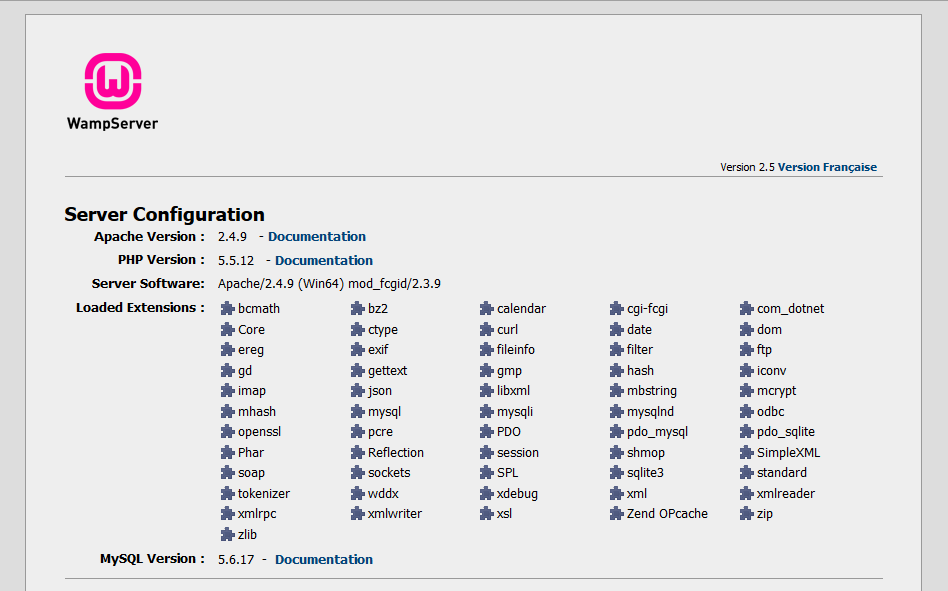Here is a quick guide to learn and use the Vim editor.
Basically, you always switch between two modes in Vim, which are command mode and insert mode:
- In command mode, you move around the file, delete text, or execute other commands.
- In insert mode, you insert and edit text.
During start, Vim is always at command mode.
- To change from command mode to insert mode, press
i/I/a/A/o/O(refer table below). - To change from insert mode to command mode, press
Esc(escape key).



